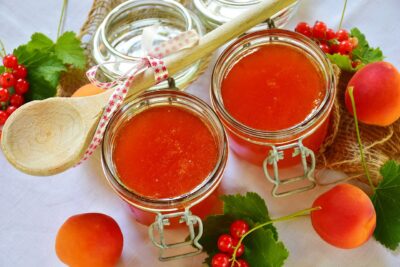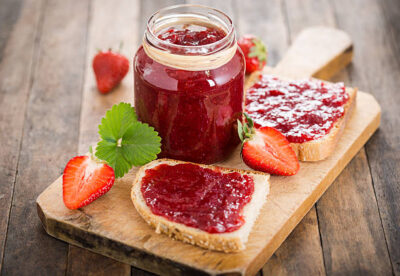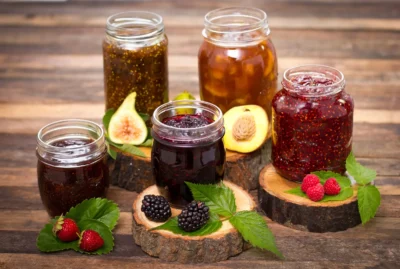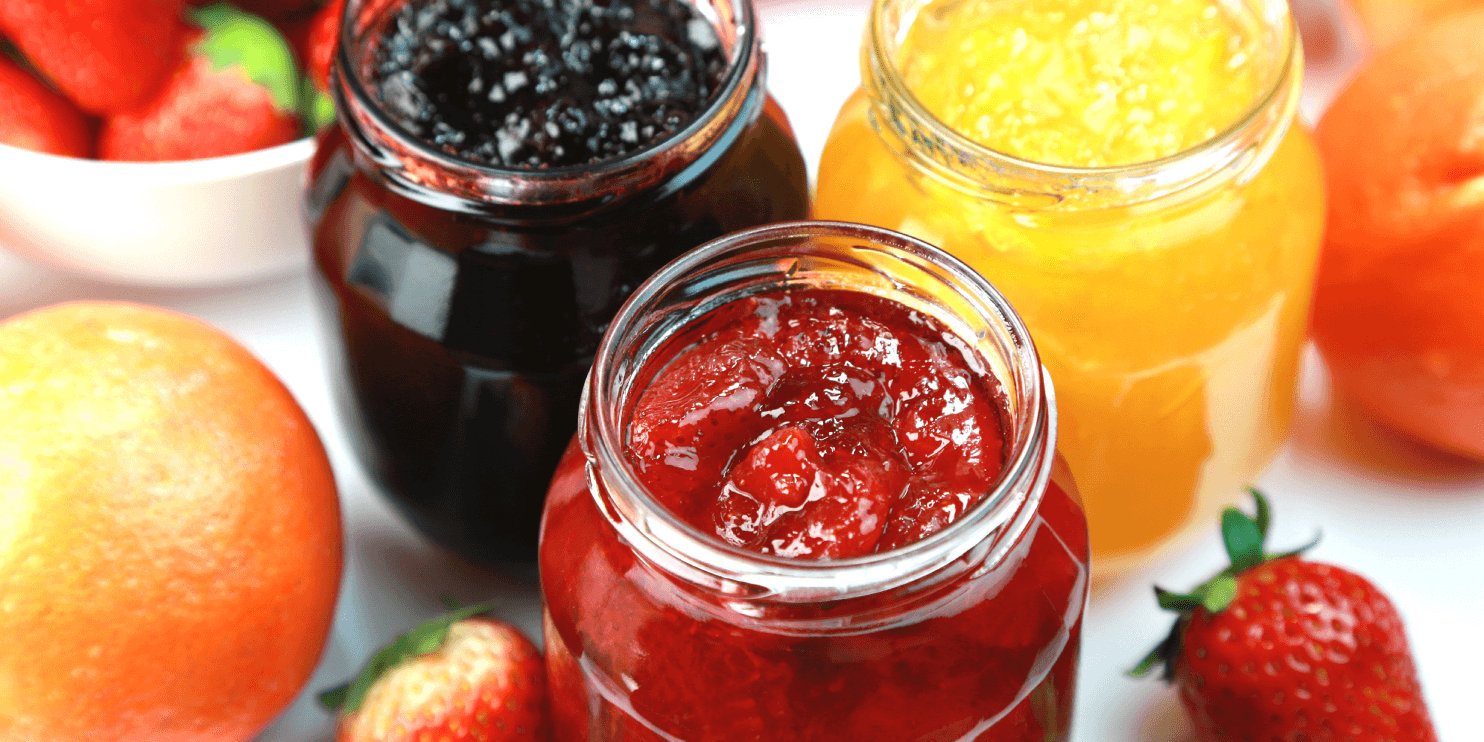Jams, those delightful spreads bursting with fruity flavors, have been a staple in kitchens around the world for centuries. Whether slathered on toast for breakfast, sandwiched between layers of sponge cake, or served alongside a savory cheese platter, jams add a touch of sweetness to our lives. But beyond their delicious taste, jams carry a rich history and cultural significance that make them a beloved culinary tradition. In this article, we delve into the world of jams, exploring their origins, varieties, and the art of preserving fruits in jars.
The Origins of Jams:
The practice of preserving fruits by cooking them with sugar dates back to ancient times. Early civilizations such as the Romans and Greeks used honey to sweeten fruits and create a type of fruit preserve. However, it was not until the Middle Ages that the technique of boiling fruit with sugar became widespread in Europe. The word “jam” itself is believed to have originated from the Old French word “jambon,” meaning to press or squeeze, reflecting the process of extracting juice from fruits.

Varieties of Jams:
While classic flavors like strawberry and raspberry may come to mind first, the world of jam is incredibly diverse. In France, you’ll find confiture made from a variety of fruits, while in the Middle East, flavors like fig and date reign supreme. And let’s not forget about the tangy delights of citrus marmalades popular in Britain.
Jams come in a delightful array of flavors, ranging from the classic strawberry and raspberry to exotic blends like mango-peach and blueberry-lavender. The choice of fruit largely depends on seasonal availability and regional preferences. In addition to traditional fruit jams, there are also savory jams made from vegetables like tomatoes or onions, infused with herbs and spices for a unique twist.

The Art of Jam Making:
While modern technology has made jam-making more accessible with the availability of pre-packaged pectin and equipment, many enthusiasts still prefer the traditional method of making jams from scratch. The process typically involves cooking fresh fruits with sugar and lemon juice over low heat until the mixture thickens and reaches the desired consistency. Sterilized jars are then filled with the hot jam and sealed to create an airtight environment, allowing the preserves to be stored for months or even years.

Strawberry jam on the bread
Tips for Jam-Making Success
If you’re ready to dive into the world of jam-making, here are a few tips to help you get started:
- Choose ripe, high-quality fruit for the best flavor.
- Be patient! Proper jam-making requires slow cooking to ensure the perfect texture.
- Don’t skimp on the sugar. It’s essential for both flavor and preservation.
- Invest in quality jars and lids for proper storage.
- Get creative with flavors! Mix and match fruits or add spices like cinnamon or vanilla for a unique twist.

In conclusion, jams are not just delicious spreads—they showcase our cleverness in using nature’s gifts. From ancient times to today, jams bring joy worldwide while keeping the taste of fresh fruits alive. So, when you enjoy a spoonful of jam, remember the timeless tradition and care that went into making it.









